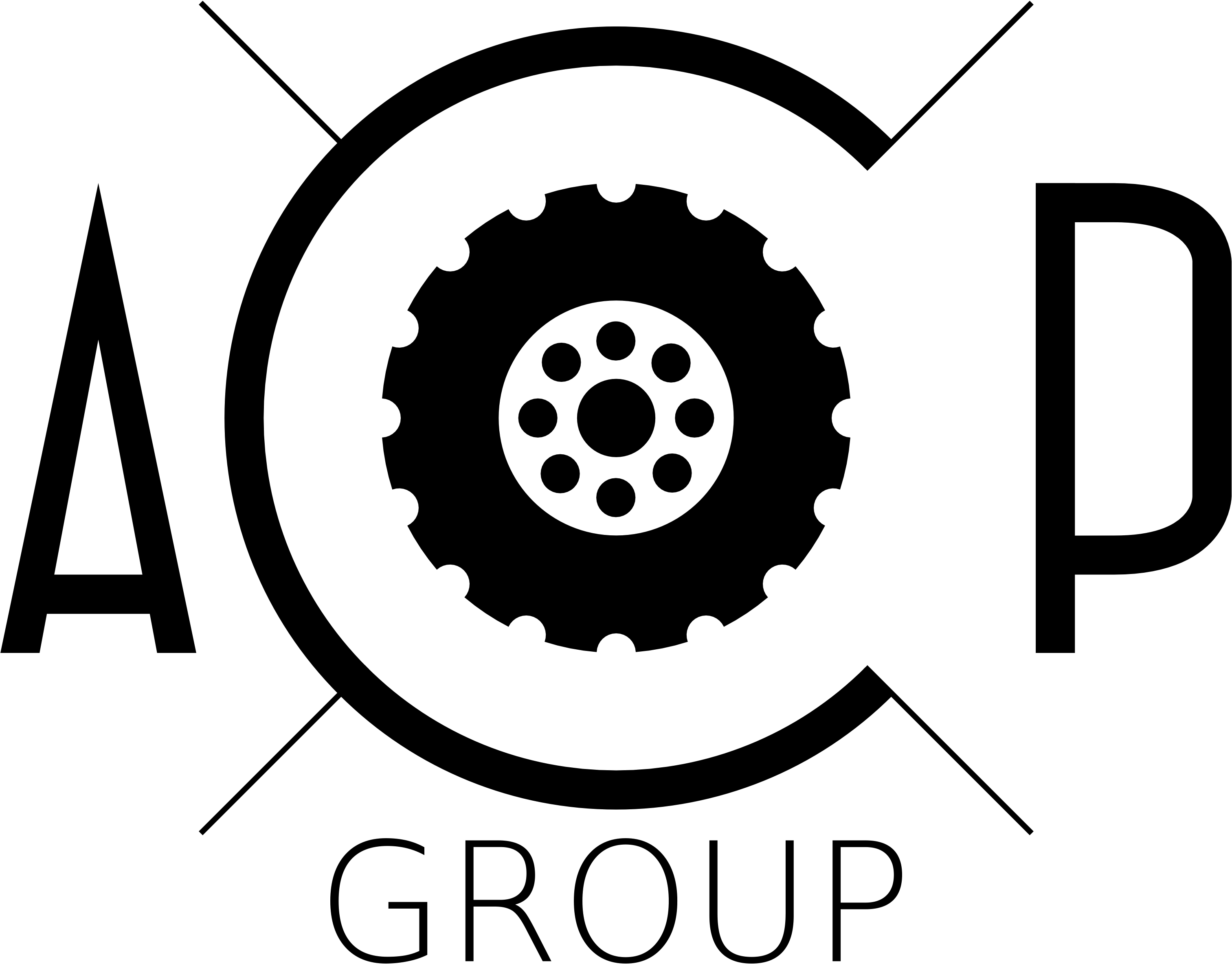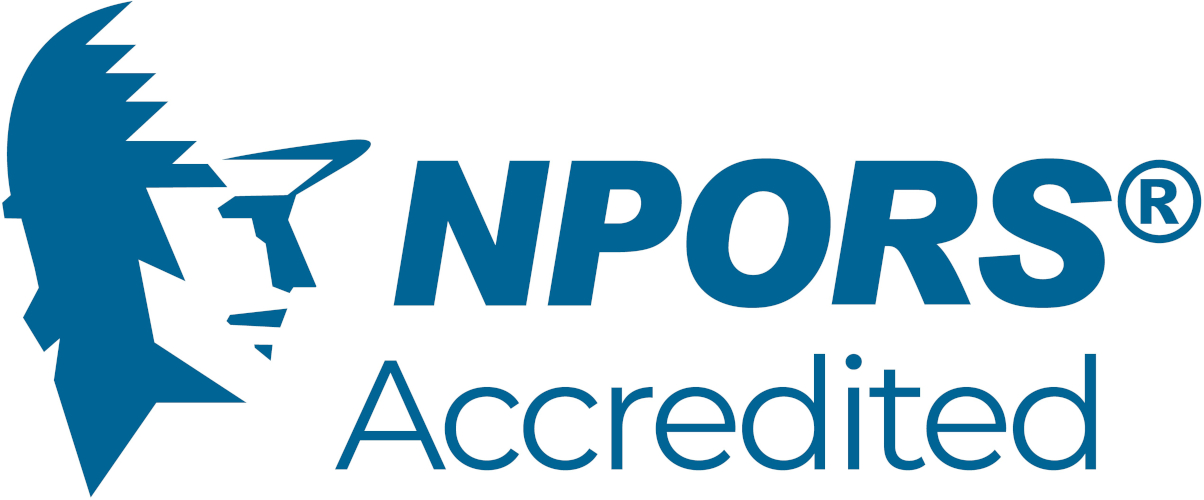Here are the theory test questions for A66 Compact Crane.
During the theory test you'll be asked a maximum of 40 questions.
Please note that your paper will include all the questions we have marked here with an asterisk *. In addition you will have a random selection of the other questions that are not marked here with an asterisk.
These questions will appear on every A66 paper
a) How does the number of lines or falls of rope affect the lifting capacity for the crane and
b) how is hoist speed affected when the number of lines (or falls of rope) is reduced? (2 marks)*
Name TWO things that happen if the hoist rope (or lifting accessories) is (are) not vertical when lifting a load. (1 marks)*
What makes up the total (or gross) weight of a load that is to be lifted? (3 marks)*
If asked to travel with a suspended load, name FIVE factors that must be taken into account by the operator before moving. (5 marks)*
What are the THREE actions or stages that a crane operator undertakes during pre-use inspections? (2 marks)*
a) When is a trial lift carried out and
b) name THREE checks to be made? (2 marks)*
What information is needed when estimating the weight of a load? (2 marks)*
As a slewing crane rotates through 360 degrees with a load, what happens to the loading on each outrigger? (2 marks)*
If setting up to lift loads in a pedestrianised area, state THREE factors that need to be taken into account. (3 marks)*
What is meant by the footprint of the crane? (1 marks)*
Which parts of the crane is the radius (for lifting) measured from? (2 marks)*
If a load of 5 tonnes is lifted on two falls or lines of rope, what is the tension in each fall or line? (3 marks)*
When would a fly jib or extension be fitted and used? (1 marks)*
During the lifting operation, part of the task cannot be carried out as detailed in the lift plan.
a) What initially must happen to the lifting operation and
b) who authorises any changes? (2 marks)*
Use chart A, B or C on the lifting capacity diagrams for A66A, A66B or A66C respectively. For A66D, use chart A66A.
For chart A – a) what is the maximum lifting capacity, b) what is the maximum lift capacity at 10 metres radius and c) if a load of 1800 kg needs to be lifted to a height of 12 metres, what is the maximum available radius?
For chart B – a) what is the maximum working height (to the nearest 0.2 metres), b) what is the maximum outreach (to nearest 0.2 metres) and c) on the first stage boom extension, what is the difference in kilograms when lowering from full raise to horizontal?
For chart C – a) what is the maximum working height (to the nearest 0.2 metres), b) at what radius and height can a load of 0.3 tonnes be placed and c) what is the lift capacity at maximum reach? (6 marks)*
A random selection of these questions will appear on each A66 paper
What is the main purpose of the Rated Capacity Indicator (RCI) or Load Moment Indicator (LMI)? (3 marks)
Before leaving for a rest break, after parking and switching off the machine, what final action must be carried out? (2 marks)
What do the letters SWL signify, as stamped on lifting accessories? (1 marks)
If assisting in fitting a fly jib/extension to the crane, why is it important that the manufacturer's procedures are followed precisely? (2 marks)
a) What is meant by the lifting capacity of the crane and
b) who determines it? (2 marks)
a) If fitted, who only can authorise partial outrigger extensions and
b) what is the effect on lifting capacity if partially extending the outriggers? (2 marks)
The operator has to use a new model of compact crane that they are unfamiliar with. What do Regulations (i.e. LOLER 98) and other guidance require the operator to have? (3 marks)
Wind speeds can be variable throughout the working day. What action must be taken to ensure safe working conditions are maintained? (1 marks)
During work, the engine starts to overheat.
Explain the danger if someone tries to remove the radiator or expansion tank cap. (2 marks)
If the words STOP NOW are given to the crane operator by radio during the lift, what action must the operator take? (2 marks)
When working in a confined area or space, name THREE dangers that can be present. (3 marks)
If checking the oil level using a dipstick, why must gloves be worn? (1 marks)
Name THREE ways in which wind speed can affect the lifting operation. (3 marks)
If applicable, why should the crane be re-fuelled at the end of the day? (1 marks)
The operator has been asked to drive the machine onto a transporter/trailer.
a) Who is responsible for the loading operations and
b) state FOUR actions to be considered by the operator before loading commences? (3 marks)
Only one leg of a 4-tonne two-legged chain sling is being used. What is the maximum load that can be lifted? (1 marks)
a) Which part of the crane applies loading or pressure to the ground and
b) name TWO ways that pressure can be reduced. (3 marks)
When parking the machine at the end of the shift, name THREE places where the machine should NOT be parked. (3 marks)
If the hook block inadvertently (accidentally) lands, what course of action should be taken? (2 marks)
When MUST a banksman or signaller be used before moving a crane? (2 marks)
If a load is slewed (or turned) rather quickly, what TWO initial effects does it have on the load whilst slewing? (2 marks)
When working in a confined area or space:
a) What danger can be present with regards to the counterweight of the machine,
b) when should measures be taken and
c) what measures should be implemented? (4 marks)
What checks should be made to the transmitter of a remote-controlled crane before work? (2 marks)
What effect can a swinging load have on a crane? (2 marks)
Give FOUR reasons that may cause the crane to overturn. (4 marks)
On hoist-rope units, if a heavy load is being slewed at high speed over at least 180 degrees, what TWO factors must the operator (and signaller) take into account? (4 marks)
The safe working load (SWL) of a multi-leg chain slings only applies in what TWO conditions or configurations? (2 marks)
What is the difference between a contract lift and a ‘standard’ crane hire? (4 marks)
On a busy construction site, how would the slinger/signaller be identified to the crane operator? (1 marks)
What prevents the hook block from contacting the jib pulley? (1 marks)
On mobile units, state the possible effect of lifting downhill on a slope. (2 marks)
On hoist-rope cranes, the number of falls has been changed on the hook block. How has this action affected the RCI/LMI? (2 marks)
a) What is the minimum distance allowed near open trenches when travelling the crane and
b) explain why? (1 marks)
If radios are to be used during the lifting operations, what FIVE actions and checks must be made by the crane operator before use? (5 marks)
In what situation does a hard hat NOT need to be worn when operating a compact crane? (2 marks)
What is the purpose of a roll or ROPS frame? (2 marks)
Why must the seat belt be worn, even though a ROPS frame or cab is fitted? (1 marks)
Two cranes are working in the same vicinity that encroach the operating radius of each. What actions would the lift plan or method statement normally specify? (3 marks)
State the functions or job role of the following personnel:
a) appointed person,
b) crane supervisor,
c) slinger,
d) signaller. (4 marks)
a) What determines the minimum distances that any part of plant and machinery has to be kept from over head electricity lines and
b) explain why a distance should be kept. (4 marks)
What is the purpose of counterweight(s) on the crane? (1 marks)
End of questions for A66 Compact Crane


